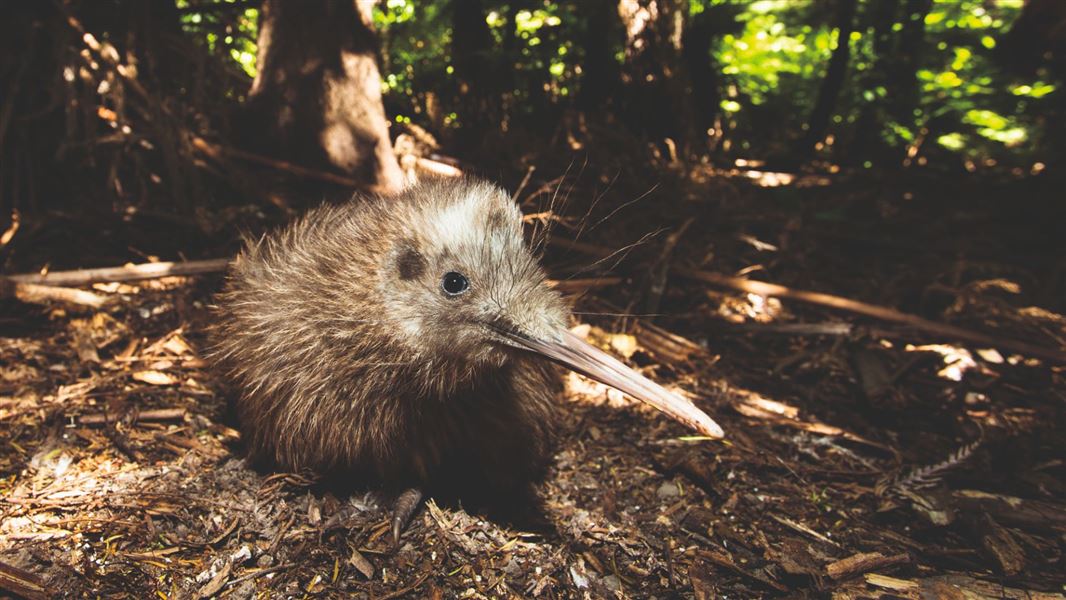
Archived content: This media release was accurate on the date of publication.
Introduction
A small population of our rarest kiwi returned to their traditional West Coast home on 9 May after growing up on Mana Island in the lower North Island.Date: 17 May 2019
These seven rowi, or Ōkārito brown kiwi, were all wild-hatched on predator free Mana Island and are part of a kiwi kōhanga initiative.
The initiative began in 2012, when juvenile rowi were transferred to Mana Island to establish a breeding population. The juveniles were selected for their genetic diversity, safeguarding the main rowi population, and have gone on to breed a second generation.
A predator free island and Scientific Reserve, Mana Island was identified as the ideal sanctuary for a satellite population of rowi and kōhanga site.
“Rowi were once widespread across the South Island and lower North Island. They haven’t been in the north for well over 100 years, so having chicks hatch on Mana Island – a habitat well suited to their species – was pretty special,” says Jack Mace, DOC Kapiti Wellington Operations Manager.
“It’s exciting that we’ve reached a point where some of these rowi can be released on the mainland, while Mana Island continues to be home for a small population.”
Rowi are the rarest of the five species of kiwi and, until recently, their mainland presence had been confined to the Ōkārito Kiwi Sanctuary in Westland Tai Poutini. Late last year, as the rowi population grew and the Ōkārito forest reached capacity, 27 rowi were transferred to a new site near Fox Glacier at Lake Gault.
Ngāti Toa Rangatira Kaumātua gave a farewell karakia to the departing Mana Island rowi. They journeyed by helicopter and car to join the recently established population near Lake Gault in the Omoeroa Ranges.
They were welcomed with a karakia from local iwi, celebrating their status as a Taonga species for Te Rūnanga o Makaawhio, a hapu of Ngäi Tahu. The seven birds were successfully released to join their whānau and will continue to be monitored.
“We’re stoked to see some new birds for our Lake Gault population,” says Michael McMillan, DOC Franz Josef Senior Ranger Biodiversity.
“There’s now an estimated 650 rowi, and most of these are mainland populations. From 160 birds back in 1995, this is 20-plus years of effort by DOC rangers, iwi and community.
“Rowi were on the brink of extinction just a short while ago, and now their threat classification status has been downgraded from Nationally Critical to Nationally Vulnerable. That’s a real achievement.”
Contact
For media enquiries contact:
Email: media@doc.govt.nz